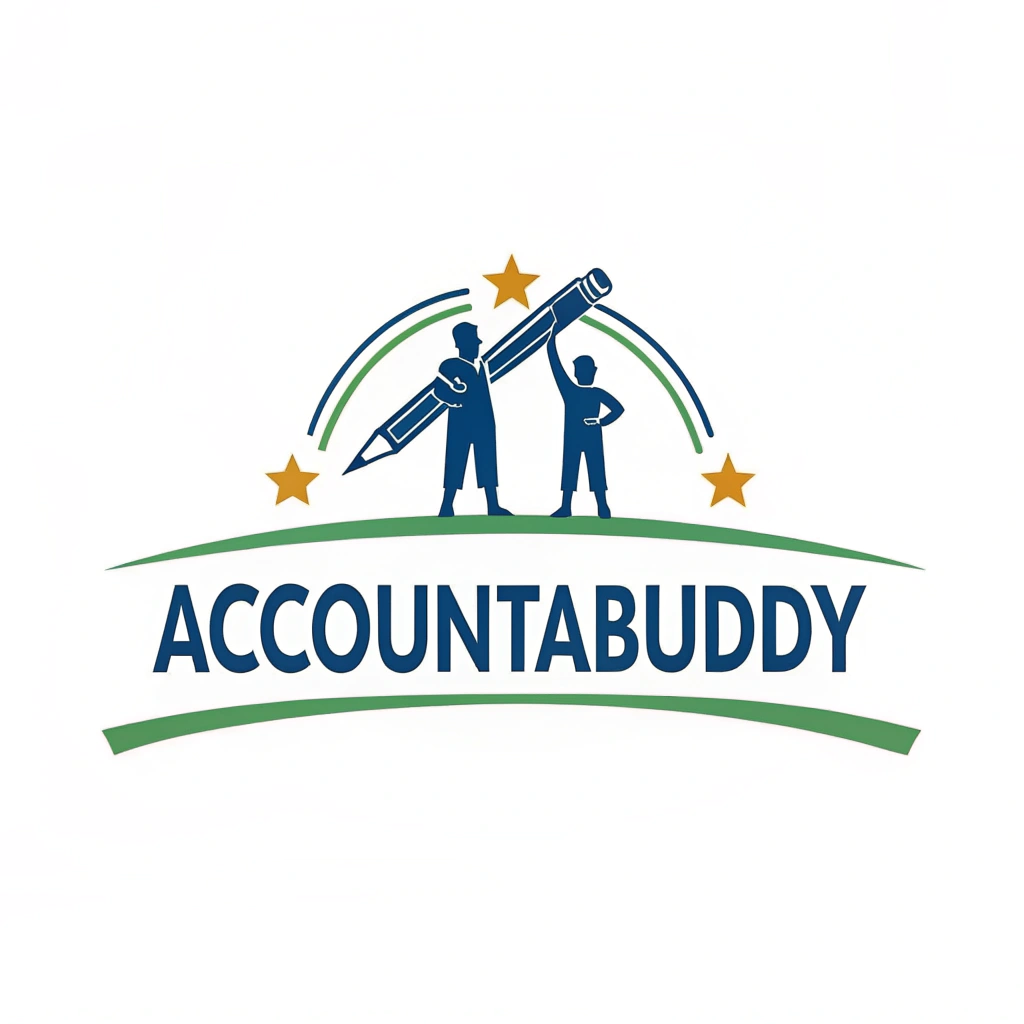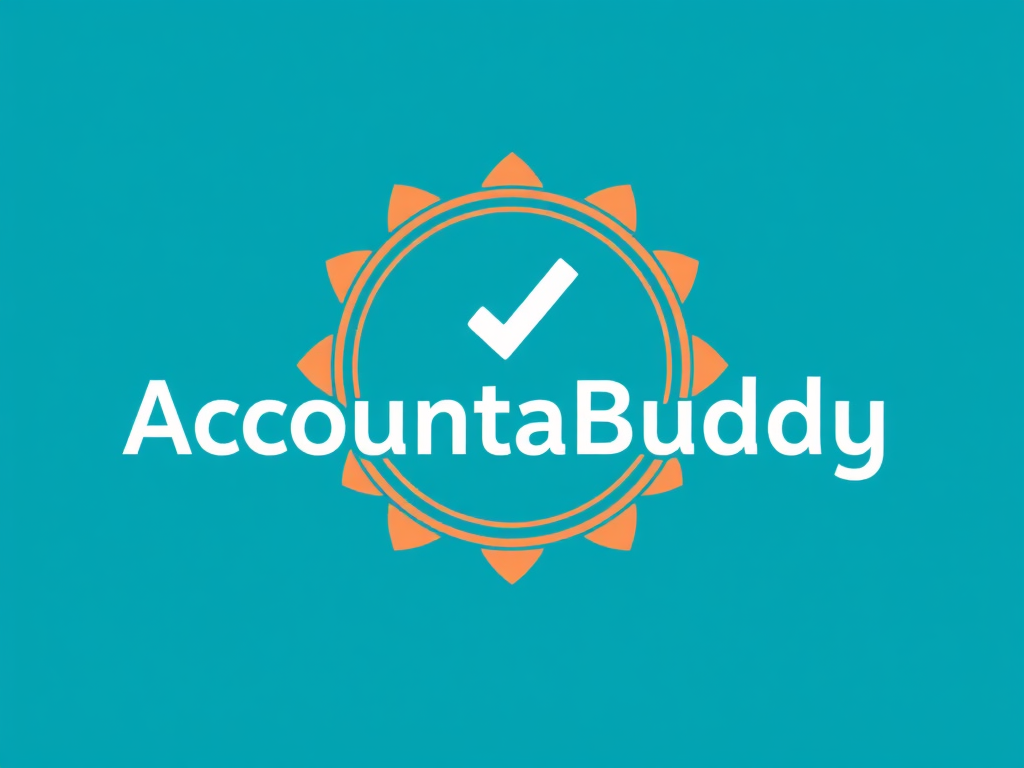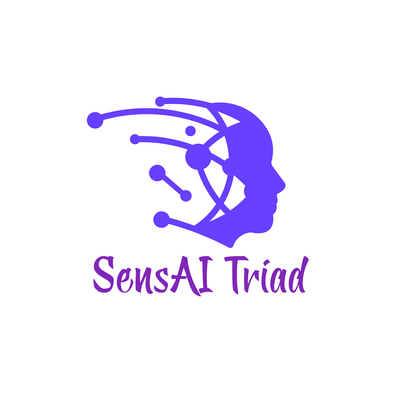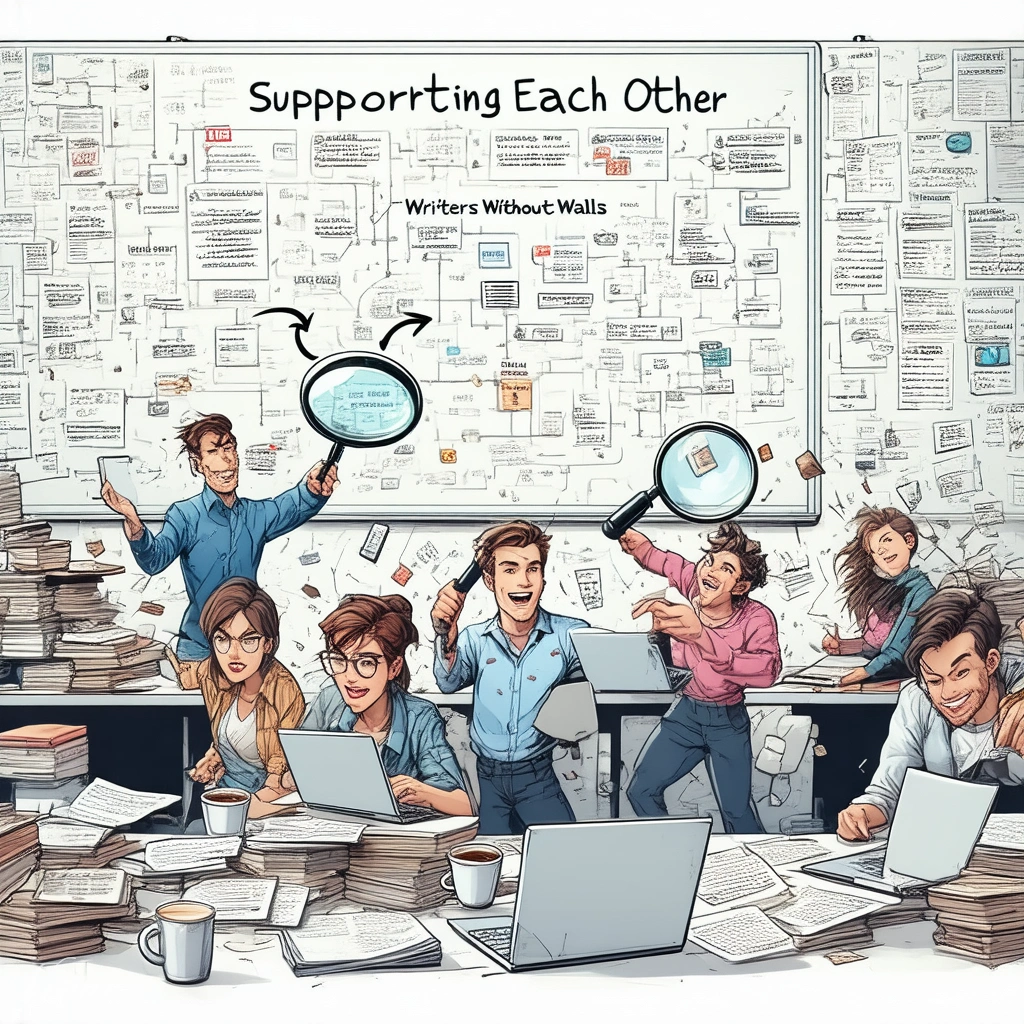
The em dash has been part of English writing since the 1800s. Virginia Woolf used it. Kurt Vonnegut loved it. Maya Angelou wielded it masterfully.
Now, apparently, it’s evidence you’re a robot.
“If you see em dashes, it’s probably AI,” declared a viral Twitter thread last week. Hundreds of writers nodded along, adding their own “tells” to the list.
Semicolons? Suspicious.
Starting sentences with “Moreover”? Dead giveaway.
Using “delve” or “leverage”? Might as well confess to being ChatGPT.
We’ve reached peak AI paranoia, and it’s making writers worse, not better.
The Grammar Police Have Gone Mad
When did punctuation marks become criminal evidence?
The em dash hysteria perfectly captures how absurd our AI detection obsession has become. Yes, ChatGPT overuses em dashes, often dropping three into a single paragraph where none belong.
But the solution isn’t to ban em dashes any more than banning hammers because some people hit their thumbs.
The problem isn’t the tool; it’s the overuse and misuse of the tool.
I tested this myself with ChatGPT. Asked it to write a simple three-sentence paragraph, and it managed to cram in three em dashes. That’s not how human writers use punctuation.
We understand rhythm, pacing, and when enough is enough.
But now writers are self-censoring perfectly legitimate stylistic choices because someone on social media declared them “AI tells.”
The Semicolon Witch Hunt
The semicolon is next on the chopping block. Writers report that using semicolons gets them flagged by AI detectors and suspicious readers.
This is madness. The semicolon has been connecting related thoughts since the 15th century. It’s not an AI invention.
It’s a sophisticated punctuation mark that many human writers actually underuse.
Kurt Vonnegut famously said semicolons were “transvestite hermaphrodites representing absolutely nothing.” But even he acknowledged they had a purpose. He just preferred simpler alternatives.
Now we’re supposed to avoid semicolons because algorithms sometimes misuse them? That’s like avoiding metaphors because bad writers create mixed metaphors.
The Vocabulary Vandalism
It gets worse. Certain words are now considered “AI vocabulary.”
“Delve” is apparently a dead giveaway. Never mind that it’s been in English dictionaries since the 12th century.
“Leverage” as a verb? AI speak.
“Moreover”? Bot language.
This is vocabulary vandalism. We’re shrinking the English language because we’re afraid of sounding robotic.
I’ve watched writers apologize for using “whilst” instead of “while” as if choosing a slightly more formal variant somehow proves they’re artificial.
British writers are now second-guessing their own dialect because Americans have decided “whilst” sounds too AI.
The em dash paranoia represents a new form of pseudo-science in writing, with accusations spreading despite this being a literary tool used by renowned writers for centuries.
The Irony of Artificial Naturalness
Here’s the beautiful irony: in trying to sound more human, these paranoid writing habits make us sound less human.
Real human writing has variety. We use different sentence structures, punctuation marks, and vocabulary based on mood, audience, and purpose.
Sometimes we’re formal; sometimes we’re casual.
Sometimes we use em dashes; sometimes we don’t.
But AI paranoia is pushing writers toward a narrow, homogenized style that’s anything but natural.
When you avoid certain words or punctuation marks purely because they might trigger a detector, you’re not writing like a human.
You’re writing like someone trying very hard to fool a test. And that desperation shows.
The Detection Game Is Rigged
The fundamental problem is that AI detection tools don’t work reliably. They generate false positives constantly, flagging human writing as AI-generated and missing obvious AI content.
I’ve personally fooled detection tools into believing completely AI-generated content was human-written. I asked AI to “rewrite this to sound more human” a few times, and the detectors were completely fooled.
I’ve also watched these same tools flag my own articles, written entirely by me, as “likely AI.”
One plagiarism tool even claimed my article was 100% plagiarized and cited my same article I’d published as the source.
The tools are broken, yet we’re reshaping our writing to appease them.
Studies show AI detectors suffer from shockingly high false positive rates. While Turnitin claims less than 1% false positives, a Washington Post study revealed a much higher rate of 50%.
Several prestigious universities, including Vanderbilt, have disabled Turnitin’s AI detection tool due to reliability concerns after “instances of false accusations of AI usage being leveled against students.”
There is hope, however. I am collaborating with a company as a consultant, working towards a solution, that isn’t using AI, to verify human written content. The startup is OKHuman, I’ve had a couple of insightful conversations with the co-founder and Ceo Cheena Srinivasan, and I really think their solution has the potential to protect the art of storytelling by humans.
The Real AI Tells
If you must spot AI writing, look for patterns that matter:
Overuse of transitional phrases: AI loves “Furthermore,” “Moreover,” “Additionally” at the start of every other sentence. Not because these words are inherently artificial, but because it uses them as crutches.
Repetitive sentence structures: AI often falls into patterns. Every sentence the same length, same structure, same rhythm.
Emotional emptiness: AI can describe feelings but rarely conveys genuine emotion or personal stakes.
Surface-level insights: AI excels at saying things that sound profound but lack depth or original perspective.
Generic examples: AI reaches for the same tired examples everyone’s heard before.
The tell isn’t using an em dash. It’s using em dashes badly and repeatedly without understanding their purpose.
Reclaim Your Writing Tools
Stop letting AI paranoia dictate your stylistic choices.
Use em dashes when they serve your writing. Deploy semicolons when they connect your thoughts elegantly. Choose “delve” if it’s the precise word you need.
Your vocabulary and punctuation choices should serve your message and voice, not appease some broken detection algorithm or paranoid reader.
The goal isn’t to sound unlike AI. It’s to sound like yourself. And yourself might legitimately use any punctuation mark or word in the English language.
The Real Human Tell
The most human thing about writing isn’t avoiding certain punctuation marks or words. It’s having something genuine to say and saying it in your own voice.
AI can mimic style, but it can’t replicate lived experience, personal perspective, or authentic voice. It can use em dashes, but it can’t capture the specific way you think about the world.
Focus on that authenticity instead of playing grammar police.
At Writers Without Walls, we’re building a community that celebrates creativity, diversity, and the power of words. We believe in breaking down barriers, not creating new ones based on paranoia.
We offer writers a space where they can focus on what matters: developing their unique voice, connecting with readers, and telling stories that matter.
Because when we start treating centuries-old punctuation marks as evidence of artificial intelligence, we’ve lost sight of what makes writing truly human in the first place.
The em dash isn’t the enemy. Paranoia is.
Written by James “JD” Armstrong
Founder, Writers Without Walls












